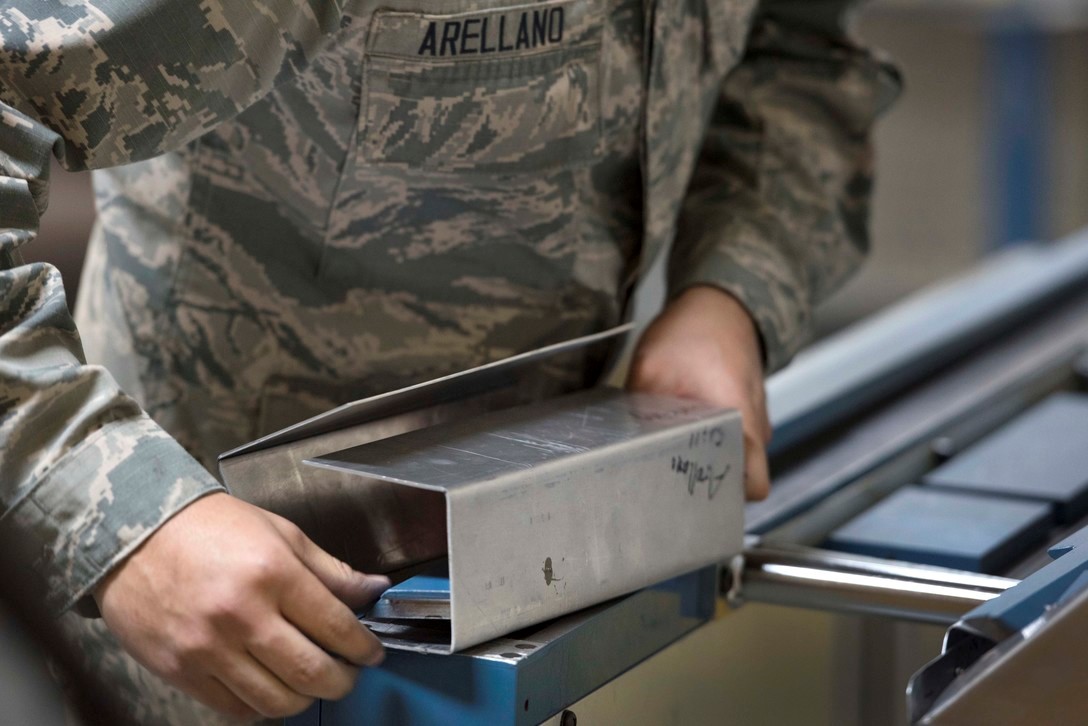A look at the sheet metal bending process
Few industrial tools are as fundamental to the modern way of life as the sheet metal bender. Without this, most of the appliances we take for granted would be impossible.
Metal bending machines include panel benders, tube benders and CNC press brakes. Press brakes come in many sizes, with the biggest handling sheets of metal large enough to produce aircraft panels and the smaller machines stamping out essential components such as brackets and electrical boxes. Large machines are counterweighted, hydraulically powered, and weigh many tons.
Manufacturing with press brakes
Any manufacturing project begins with design; however, you also need to appreciate the capabilities of the equipment available. Modern press brakes support components with multiple bends and flanges of many lengths. To achieve this, they are equipped with multiple servo-powered backstops that enable the machine to adapt for each successive bend. In some cases, metal is fed into position manually; however, newer machines offer fully robotic manipulation.
Your other consideration is the tooling. Press brake bending machines have upper and lower tooling surfaces. Wide bends are achieved by increasing the radius of the top tool and the distance the die opens. Using a combination of the upper and lower tools, your component can also be ‘over-bent’ to achieve acute and complex angling.
When there are multiple bends, it is possible for the already shaped flanges to obstruct the tooling for the next bend unless you use a gooseneck tool. It is also possible to extend the shapes that can be pressed by suspending the top tool on clamps.
To be certain your tooling will accommodate your anticipated design requirements, it is wise to bring in a bending machines specialist at an early stage. You should also familiarise yourself with the maintenance requirements of these machines.
The advantages of modern machinery
In the best machines, all the backstops and tooling dies are synchronised in sequence by a CNC controller. Your design can be programmed directly into the machine or ported from a CAD/CAM workstation. A fully automated machine clearly has great advantages, not only in terms of speed and safety but also because component designs can be stored as a digital library or received across the internet from a client or head office. Retraining staff every time you need to produce a new line is a thing of the past.

